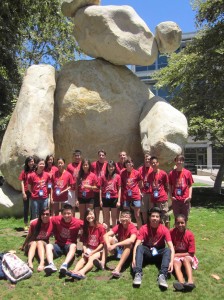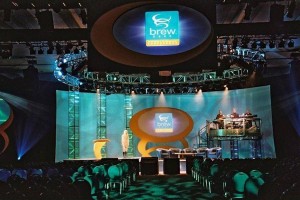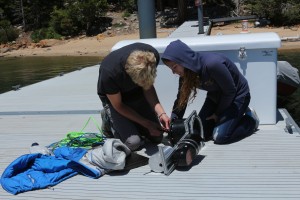 Last week Ryan was invited to a five day workshop aimed at developing novel ideas and new directions in cyber-physical systems security. The workshop, sponsored by the National Science Foundation and Intel, brought together researchers from around the country to understand this space, develop research ideas, and generally brainstorm about the applications and issues surrounding this increasingly important area.
Last week Ryan was invited to a five day workshop aimed at developing novel ideas and new directions in cyber-physical systems security. The workshop, sponsored by the National Science Foundation and Intel, brought together researchers from around the country to understand this space, develop research ideas, and generally brainstorm about the applications and issues surrounding this increasingly important area.
As part of the “getting to know you sessions”, we were asked to blindly draw a random person (the one seated across the table). The picture was Ryan’s caricature. We won’t reveal the artist, but the likeness is uncanny.



